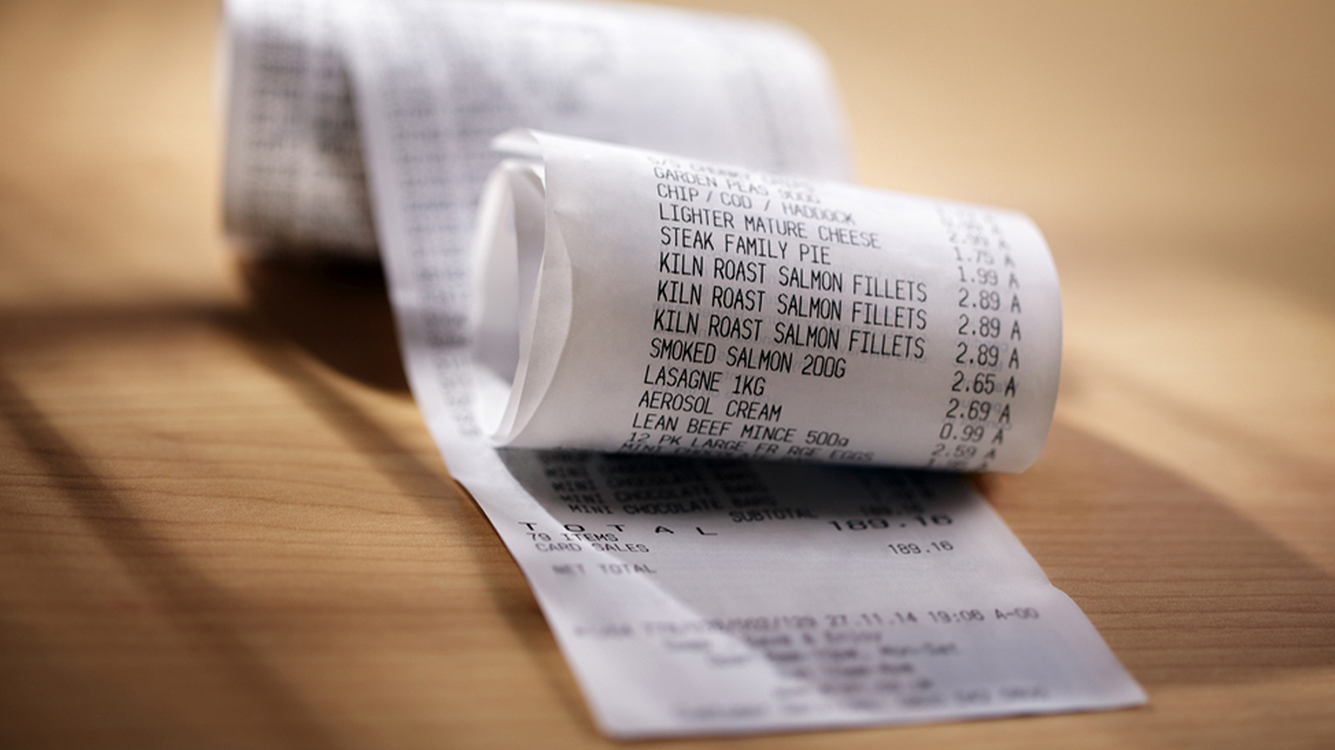Consumers lose some of the spring in their steps
A surge in prices at the gas pump was the primary culprit for the acceleration in the overall price index.

September 29, 2023
Personal disposable incomes fell 0.2% after adjusting for inflation in August, despite stronger employment gains during the month compared to July. The preliminary data, which could be revised down given the history on employment revisions this year, revealed that much of the increase in payrolls in August was due to a sharp move up in the number of people forced to accept part-time over full-time work. Some of that could be related to the writers' and actors' strikes and marks a sharp reversal from earlier in the summer when those who accepted part-time preferred it. Data for July and June incomes were revised up.
A sharp jump in prices at the gas pump formed another headwind. The overall personal consumption expenditures (PCE) index, the Federal Reserve's preferred measure of inflation, jumped 0.4% during the month, double the pace of July. A surge in prices at the gas pump was the primary culprit for the acceleration in the overall price index. The three-month annualized average edged up 2.6% from a 2.5% pace in July; the index rose 3.5% from a year ago, also one-tenth higher than in July.
The news on core inflation, which strips out food and energy and is the best predictor of future inflation, was more reassuring. Core PCE inflation rose a tepid 0.1% in August, half the pace of July. The three-month annualized average cooled to 2.2% from 2.8% in July; the core index rose 3.9% from a year ago, after rising 4.3% in July.
The super-core PCE index, which the Federal Reserve has been tracking, grew at a 0.1% pace in August, after rounding. The index came in at a three-month annualized pace of 3.4% in August, down from 3.6% in July. The super-core rose 4.4% from a year ago, 0.4% less than we saw in July. The cooling of core and super-core is welcome news to the Federal Reserve, but not enough to let down its guard down.
Chairman Jay Powell was careful to point out that he and his colleagues need quarters, not three months of improvements, to feel confident that inflation is tamed. The Fed kept one additional rate hike in its forecast for November and removed two cuts from their outlook for 2024 due to the resilience of the economy.
That was prior to the real threat of a government shutdown. That could not only leave the Fed without the data needed to make a decision in November but has pushed Treasury bond yields significantly higher over the last month. That will add to the tightening of credit conditions by the Fed and alleviate the need for another rate hike. Pending home sales dropped to their lowest level since 2001 in August, when the series began. Mortgage rates have risen even more since then.
Personal consumption expenditures held up better than incomes but only modestly; the saving rate fell. We have now depleted much of the excess savings triggered by lockdowns and COVID stimulus. Benchmark revisions on the data yesterday revealed that inflation was hotter in 2022 than initially reported. That prompted consumers to drain more of their savings in 2022 than 2023.
Consumption expenditures rose 0.1% after adjusting for inflation, after being revised up for July and June. A drop in spending on goods was more than offset by a surge in spending on services. Big-ticket items that often require financing were hit particularly hard during the month. The outliers were spending on experiences - Taylor Swift and Beyonce concerts - and a return to movie theaters. Blistering heat kept people away from amusement parks but hospitals in the worst affected areas stayed busy. The incidence of heat exhaustion spiked during heatwaves this summer.
The economy looks poised to slip below 1% in the fourth quarter.
Bottom Line:
Today's data confirm two things: that the economy accelerated over the summer, while core inflation cooled. Real GDP is coming in close to 5% in the current quarter, after rising a revised 2.1% in the second quarter. A sharp improvement in net exports contributed to the improvement in overall GDP growth. Sadly, past performance is no guarantee of future performance; the economy looks poised to slip below 1% in the fourth quarter, given the headwinds we now face.
Explore more

A July Heatwave
Pushed inside by the heat, people spent more on goods than services.

KPMG Economics
A source for unbiased economic intelligence to help improve strategic decision-making.

Trouble in the Tetons… Disinflation and the global outlook
The post-pandemic world is expected to be more inflation prone.
Meet our team

Subscribe to insights from KPMG Economics
KPMG Economics distributes a wide selection of insight and analysis to help businesses make informed decisions.
